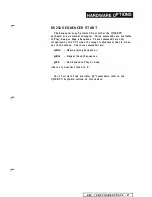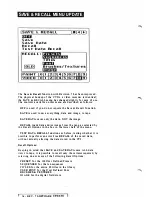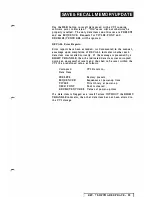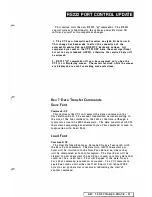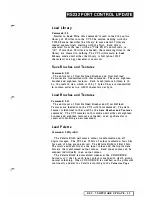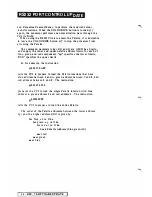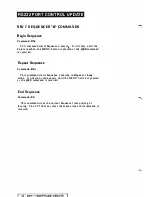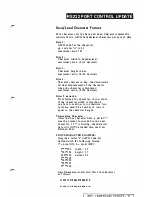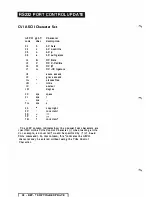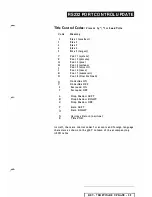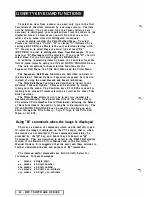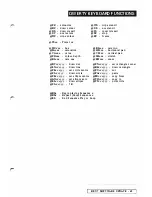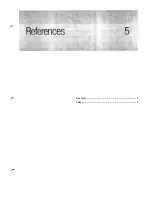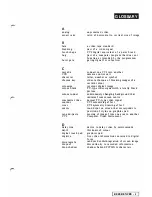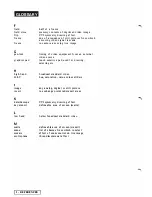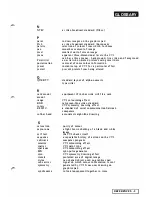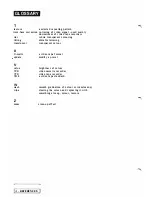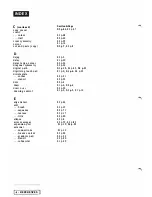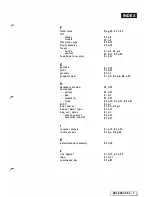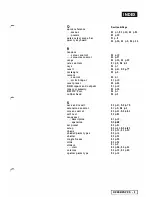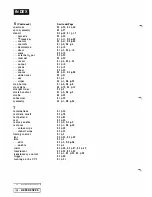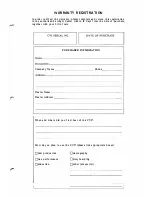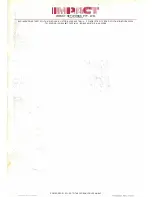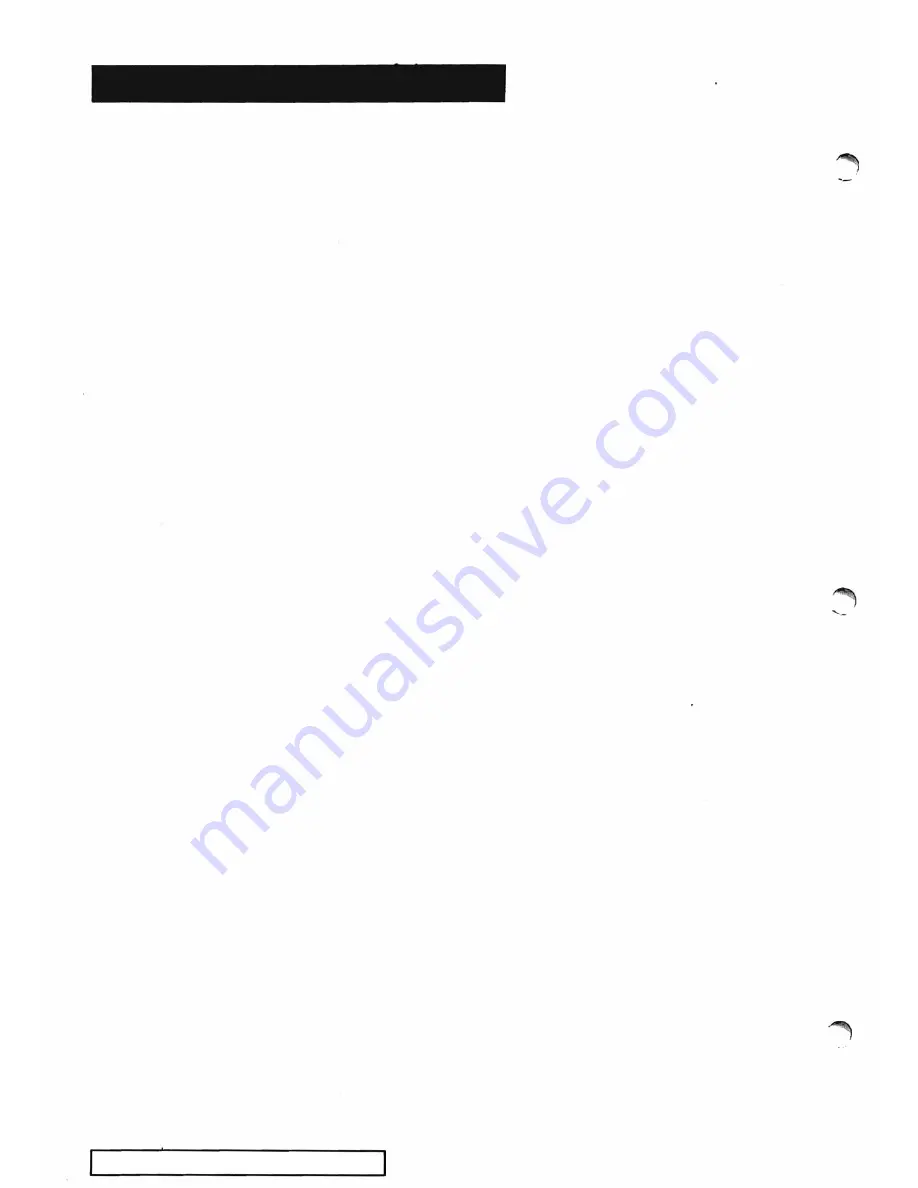
QWE RTY K EYBOARD FU N CTI O N S
To select a n item from a menu, you need only type i n the first
few letters of that item followed by a carriage return. The item
will be selected. You only need type in as many letters as are
necessary to distinguish your required item from the others in the
displayed menu. In most cases you will find that one or two
letters of any menu item will distinguish it uniquely.
As an example consider the Paint Method Menu. To select
Circle
you could type "Circle''. "Ci" or simply "C" (followed by a
carriage RETURN), as
Circle
is the only selection starting with
"C". However, to select
Rays
you must type at least "Ra"
(RETURN) in order to distinguish
Rays
from
Rectangle.
If you
type just "R
", Rectangle
will be selected. If you type
"on
you will
select
Draw
but you will also toggle the
DEJAG
box.
In addition to selecting items by name, you can select from the
lists of menu items by using the UP and DOWN TRIANGLE keys.
The only exceptions to these selection functions are the
Sequencer Edit Menu, the Title Edit Menu and the Titles Menu.
The
Sequencer Edit Menu
functions are described in detail in
the Revision 7 Manual Update. Sequencer steps may be typed in
instead of using the usual
Record
and
Insert
techniques.
The
Title Edit Menu
functions are described in detail in the
Revision 7 Manual Update. Titles may be entered by simply
typing onto the menu. The Function keys
Fl
to
F1S
are used for
making font, size and format selections, as well as for other Title
Edit functions.
The
Titles Menu
allows you to type in any two numbers to
Search
automatically for a particular title in the Title Library.
The selected Title Number box is illuminated, allowing the
Select
or
Save
functions to be used by typing
Se
or
Sa
respectively. The
UP and DOWN TRIANGLES can be used for scrolling up and
down through the Title Library. Type
T
to go to the Title Edit
Menu, or hit
F1S.
Using
"G"
commands when the image is displayed
There are a number of commands which can be usefully typed
in while the image is displayed on the CVI output; that is, when
the menus are not displayed. These commands must alway be
preceded by the
"@"
key, and hence they are known as
"@"
Commands. They are described in detail in the RS232 References
section of the Revision
5
User Manual and in the Revision 7
Manual Update. It is suggested that the user read these sections to
further understand the use and purpose of
"@"
commands.
The common useful commands are listed briefly below for
covenience. In these commands
n
means a single digit,
nn
means a 2-digit number,
nnn
means a 3-digit number,
xxx
means a 3-digit x co-ordinate,
yyy
means a 3-digit y co-ordinate.
42
-
REV.7 SOFTWARE UPDATE
Summary of Contents for CVI
Page 1: ...r e User Manual Computer Video Instrument...
Page 4: ...Startea 2 Video Melius...
Page 102: ...33 Quad mirror Slow scan across L J _J...
Page 103: ......
Page 104: ...56 Under over stencil 57 Under over catch up 58 Push to freeze...
Page 105: ...60 L J _JI L...
Page 106: ...80 Under over texture wipe L J _J...
Page 107: ...L J _Jd r...
Page 197: ...RS232C Port ControI 1 Rev 7 Software Update 1...
Page 268: ...Glossary 1 Index 5...
Page 282: ......

